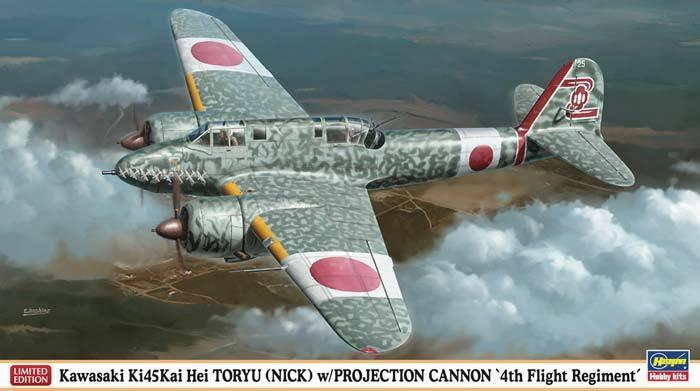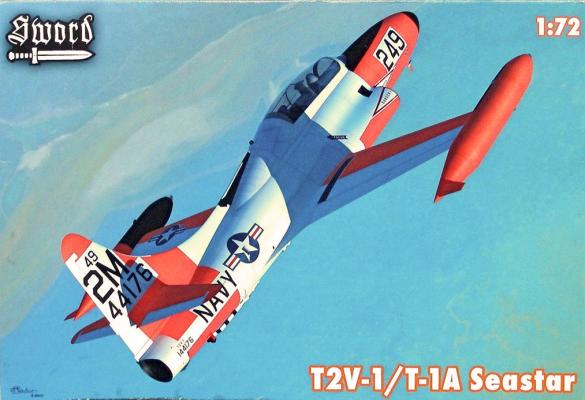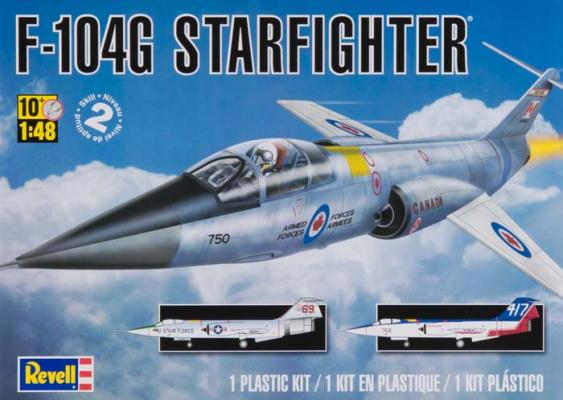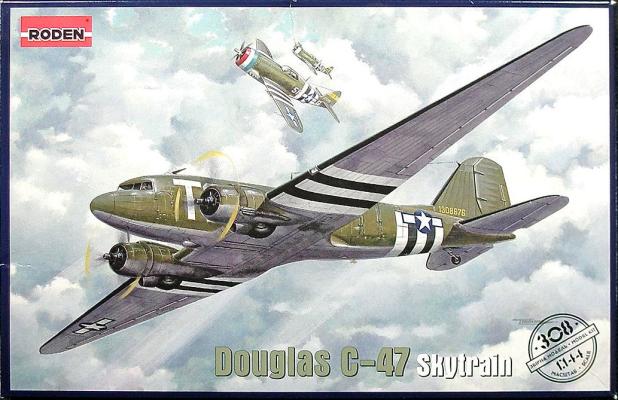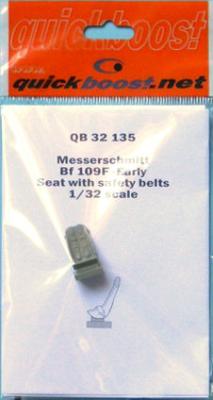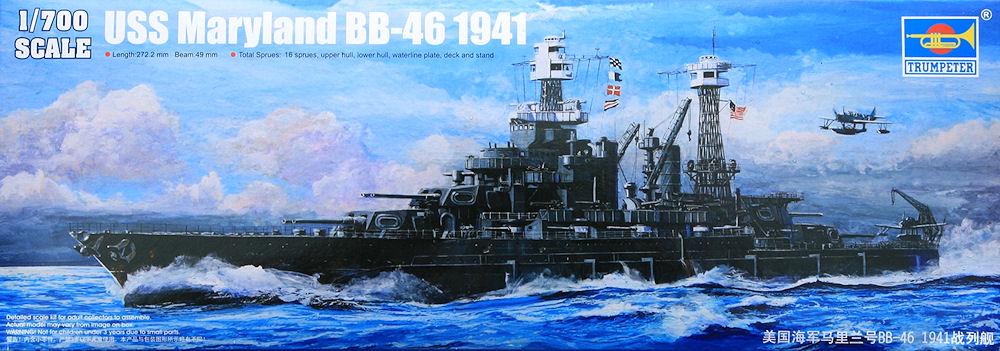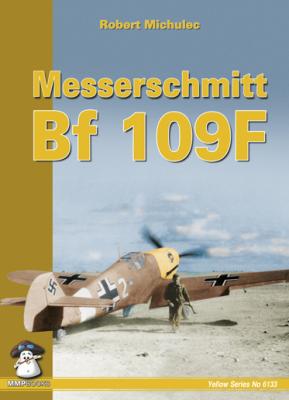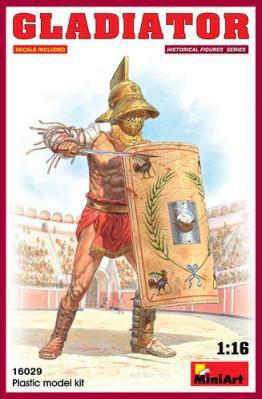History
The Kawasaki Ki-45 was the first attempt by Japanese manufacturers to provide the JAAF with a modern twin-engine fighter. The original specification was issued to Nakajima, Mitsubishi, and Kawasaki in 1937, but the first two soon withdrew from the project, Kawasaki continued into 1939 with the completion of the Ki-45 prototype. This proved to be inadequate in many respects, so in 1940 the aircraft was completely redesigned, with some existing Ki-45 prototypes being converted to Ki-45 Kai (Modified), with different wings, tail surfaces, and engines. Thus modified, the new aircraft was accepted for production by the IJAAF, entering service in 1942. The aircraft served throughout the Pacific War in China, New Guinea, Indo-China, Manchuria, the Philippines, and finally in mainland Japan against the B-29 heavy bombing offensive, where it was one of the few relatively effective interceptors.

